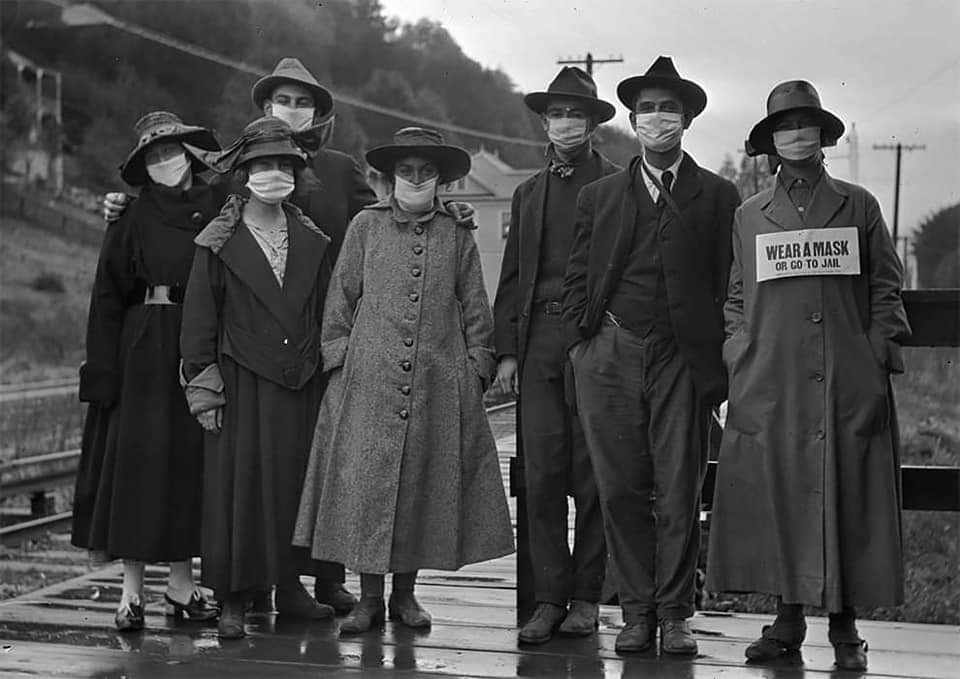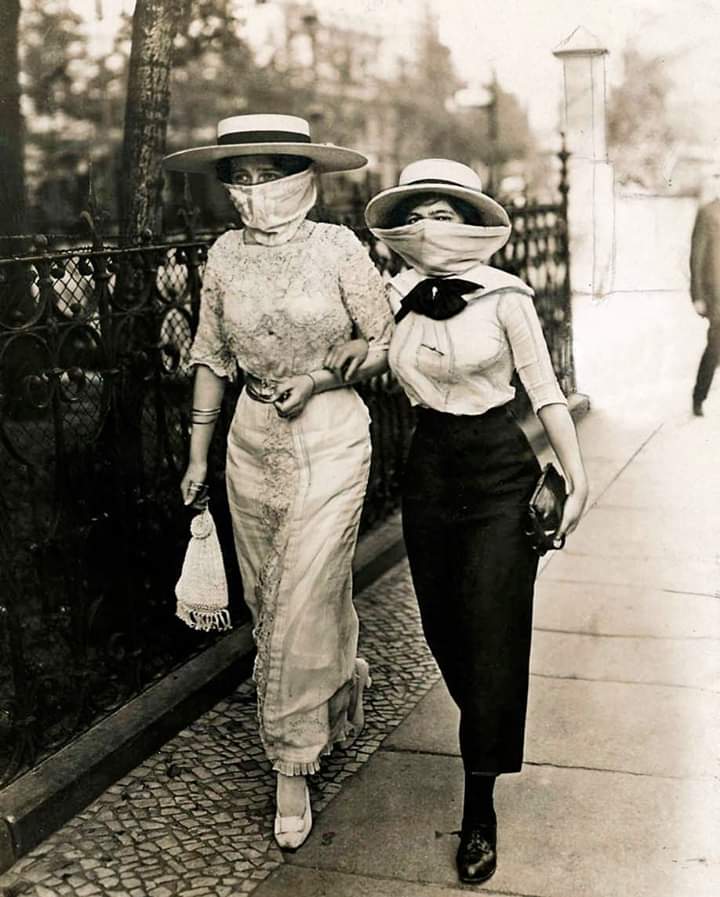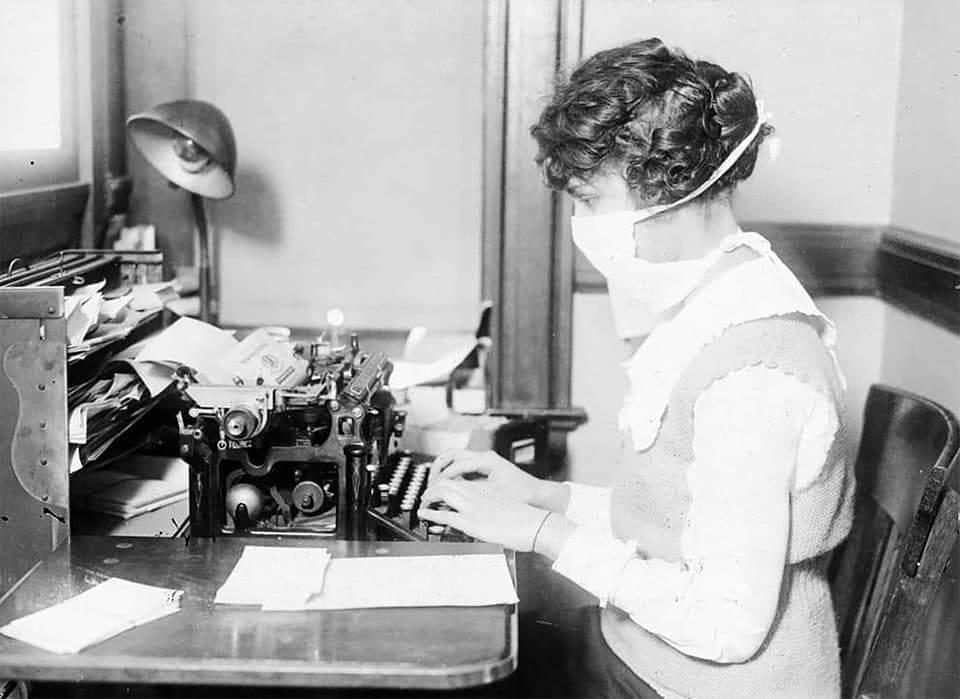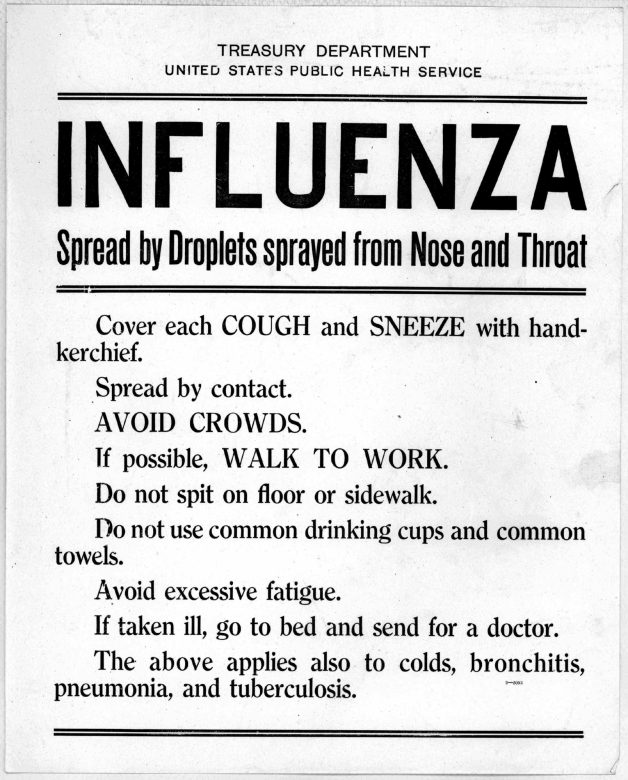My 93-year-old mother sent me these pictures the other day. Apparently, they’ve been circulating lately in cyberspace. A while ago she begged me to read and edit her autobiography, which includes excerpts from her own mother’s diary. Seeing these pics reminded me that my grandmother had mentioned the “grippe” and that so many people were catching all kinds of nasty diseases back then.



In her memoir, my mother talks about the condition of the sweatshops and that my grandmother had worked in one as a seamstress in Michigan.
It was in these sweatshops that Mother contracted tuberculosis. As part of Mother’s rehabilitation, the family sent her to a sanatorium in Howell, Michigan, where she spent four months resting and breathing fresh air under the supervision of doctors. In the early twentieth century, medications for tuberculosis were not yet available. To assure her recovery, the family then sent her to Florida to continue her recuperation.
There she met John Rushton, who had come with his father and two sisters from India as British subjects. Mother found him tall, handsome and interesting. After socializing [sic] for several months, they were married in Bradenton, Florida …. John had seen much of the world and experienced hard times, so the couple spent hours reading and discussing conditions in the world.
This was the time before World War I, when the French, German, and British generals, munitions makers, and politicians wanted a war, while the people did not….
Nevertheless, war and its aftermath opened this bloody century. There was much illness the winter of 1919, pleurisy and influenza.
Mother writes “I have been in bed with cold or grippe. The epidemic seems to be all over the world this season.” In fact, more people died during the influenza pandemic of 1918-1919 than in the Great War. It was called one of the greatest human catastrophes, killing over fifty million people worldwide during those two years and with 20,000,000 cases in the U.S. alone. It started with soldiers returning from the war and spread to the civilian population, striking mostly adults aged 25-34 and children under four.
From Roselva Ungar’s memoir and her mother’s diaries….
Who knows what the final count will be when this pandemic runs its course, or what we’ll have learned about the planet and otherwise. I look forward to seeing what happens and just wish it would happen soon.

- Spanish flu fun fact: In 1919, US president Woodrow Wilson fell violently ill with influenza and was initially unable to attend post-WWI war peace negotiations.
- Spanish flu fun fact 2: A woman from outside Manchester, UK, survived the 1918 Spanish flu but died of coronavirus just before her 109th b-day.



Really fascinating Carol, thank you for sharing that. Now we know why so many of our elderly family members are so resiliant. It seems like history always repeats itself in some way.